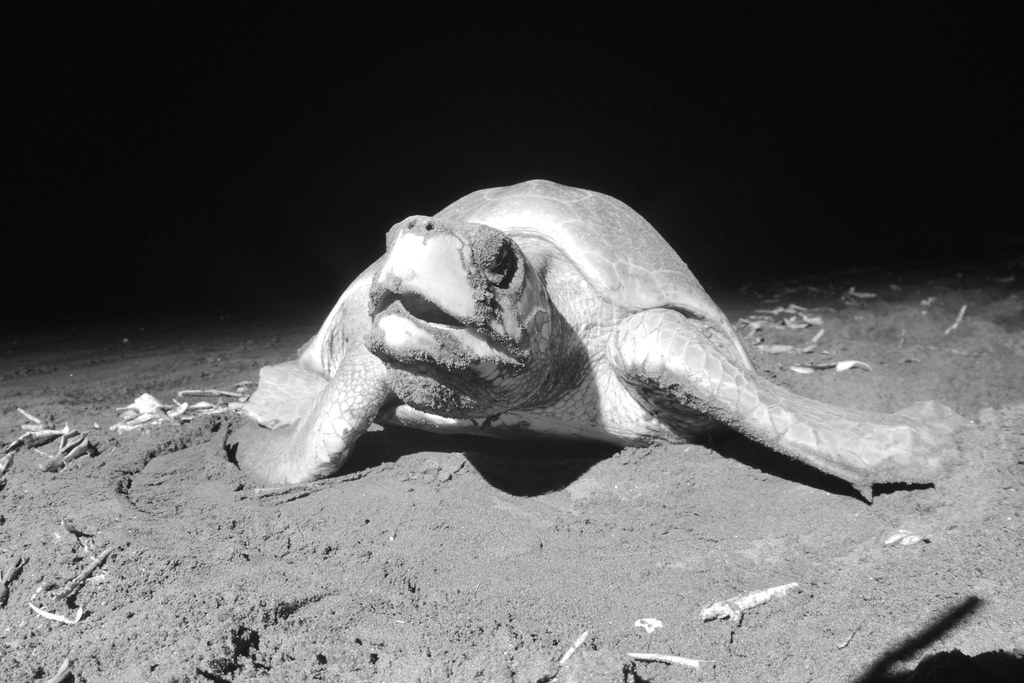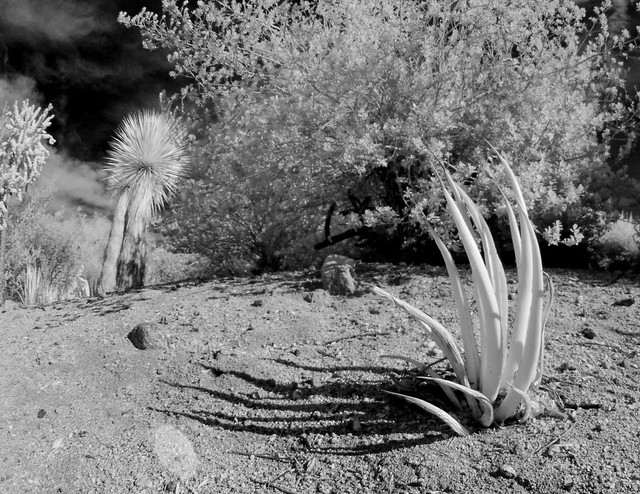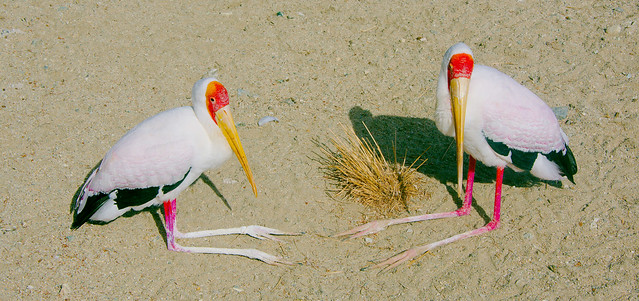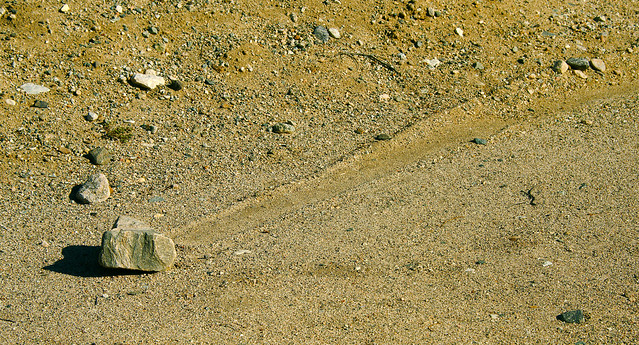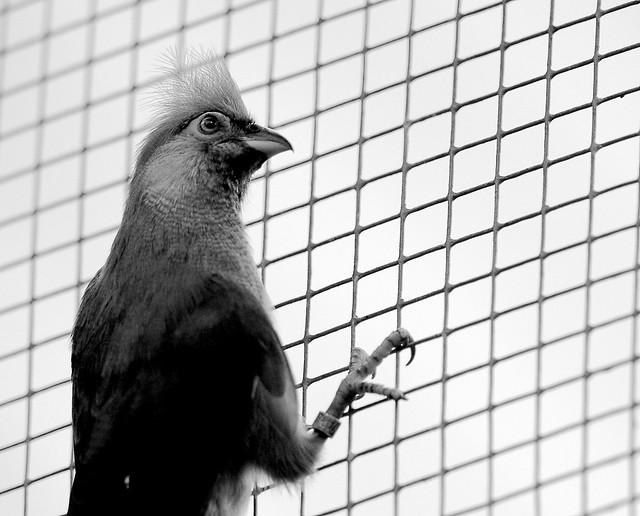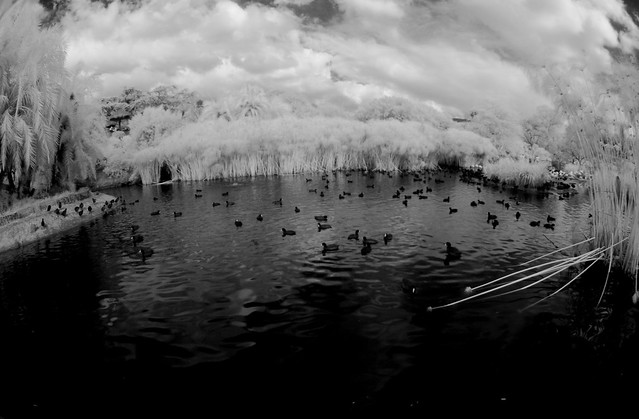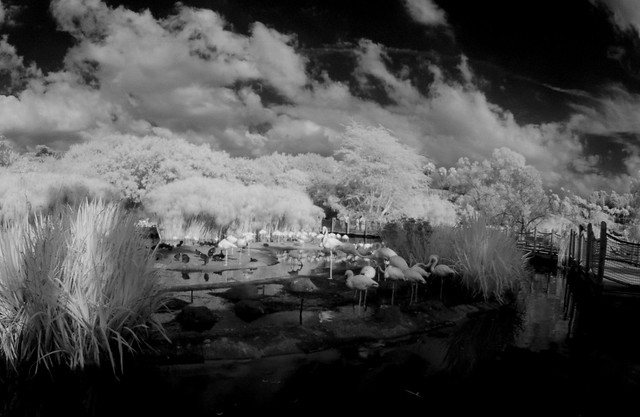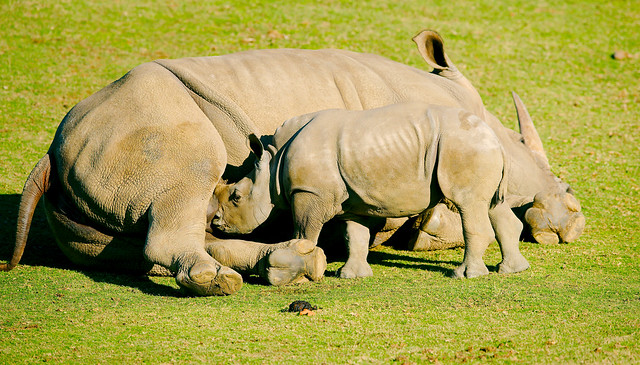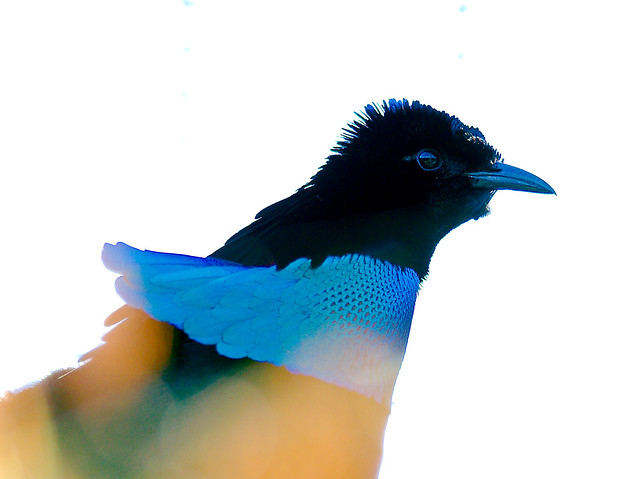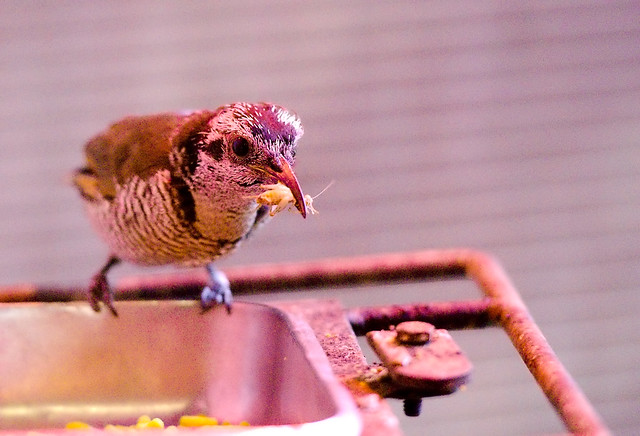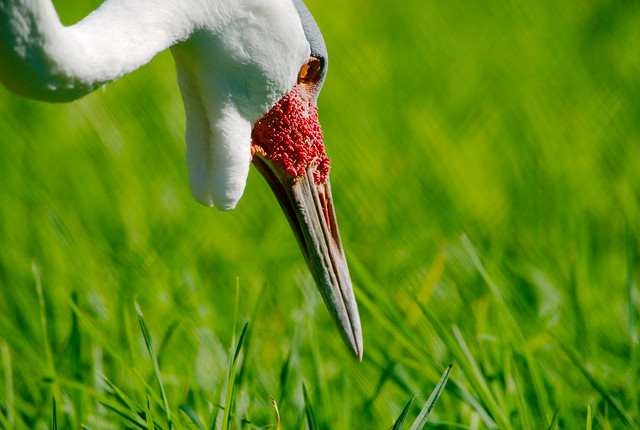In the LeafThorn sequence Bird clearly functions as a counter reset.
Red-tailed Hawk (Buteo jamaicensis)
North American Porcupine (Erethizon dorsatum)
The problem of “and” / The power of “but”
Thanks to Cura Earth, I got to meet this wild olive ridley turtle. The olive ridley is not the species that I went to Nicaragua to photograph. That is the hawksbill. However, you can’t choose who decides to show up every night so you take what you can get.
In this case, you accept the realities of the situation. You don’t know what turtle (if any) will show AND you don’t know when AND you don’t know where AND when you get notified that one is on the beach you don’t know if you’ll get there in time AND if you do you can’t use regular light. As usual, when you are facing a deluge of AND’s, you make contingency plans. I invested some research time and money into a set of infrared photo gear that met my quality requirements BUT also was highly portable. I accepted that what I wanted to do was quite difficult BUT worked with others to simplify the process, trusting them to let me know when they found a turtle. In the end, it was stressful, but it all worked out and I got this shot.
Here, the critical “BUT” was “BUT what if I use infrared?”
This is, in many ways, similar to the problem the turtles themselves face. They are endangered because of widespread habitat loss, as people develop beaches for housing and shrimp farming AND they have to deal with increased chemical pollution from fertilizer runoff AND the increased microbiological blooms from that runoff. They also face poaching for their eggs AND their meat AND their shells. They have to deal with the change in lighting sending their young the wrong way once they hatch AND once they hatch they have to find their food without eating so much plastic they die.
The problem is that, unlike my personal problem with the AND’s, we haven’t yet found the BUT’s that will help them to survive. That’s what Cura Earth is trying to do. Maybe the critical BUT will be like we found with frogs:
“BUT if we dip the entire frog in this mild solution, the deadly fungus will be killed, but the frogs will be fine!”
Maybe the critical BUT will be like we found with wolves:
“BUT if we protect them long enough for people to forget they were afraid of them, they’ll survive!”
Maybe it’ll be something brand new:
“BUT if we trace this infection to where they got exposed, we can save them much more economically.”
This is what they want to find out. If you can, please help them by donating to their fundraiser in its final days: https://www.indiegogo.com/projects/turtletracts-study-microbes-to-save-sea-turtles
Either way, please share this post so, at the very least, you get to see more turtle pictures in the future.
Northern Crested Caracara (Caracara cheriway)
American Badger (Taxidea taxus)
Living Desert
Yellow Billed Stork (Mycteria ibis)
Rock
Speckled Mousebird (Colius striatus)
Infrared coots
Safari Park
In infrared, flamingos look like sinister mob groups working to fix the next election and/or boxing match.
In reality, flamingos actually do work to fix elections and sporting events. Their pinkness is a form of protective colouration, ’cause no one expects the pink mafia.
Edit: After googling, I now know that “pink mafia” is a sexist and/or homophobic term. This is another way that you can tell that flamingos are evil, as they deflect attention away from them towards disadvantaged groups.
San Clemente Loggerhead Shrike (Lanius ludovicianus mearnsi)
Shrikes are evolution in action. According to the Cornell Lab of Ornithology (or “CLoO!” as probably no one calls it), “[The shrike] is a songbird with a raptor’s habits”. Basically, it likes to eat meat, but it doesn’t have talons, so it swoops down to grab a little lizard or something, then skewers it on things like barbed wire, cactus thorns, etc so it can eat it without holding on to its prey.
I may never get a photo of one hunting, but I am glad to have gotten a photo this good of one sitting.



